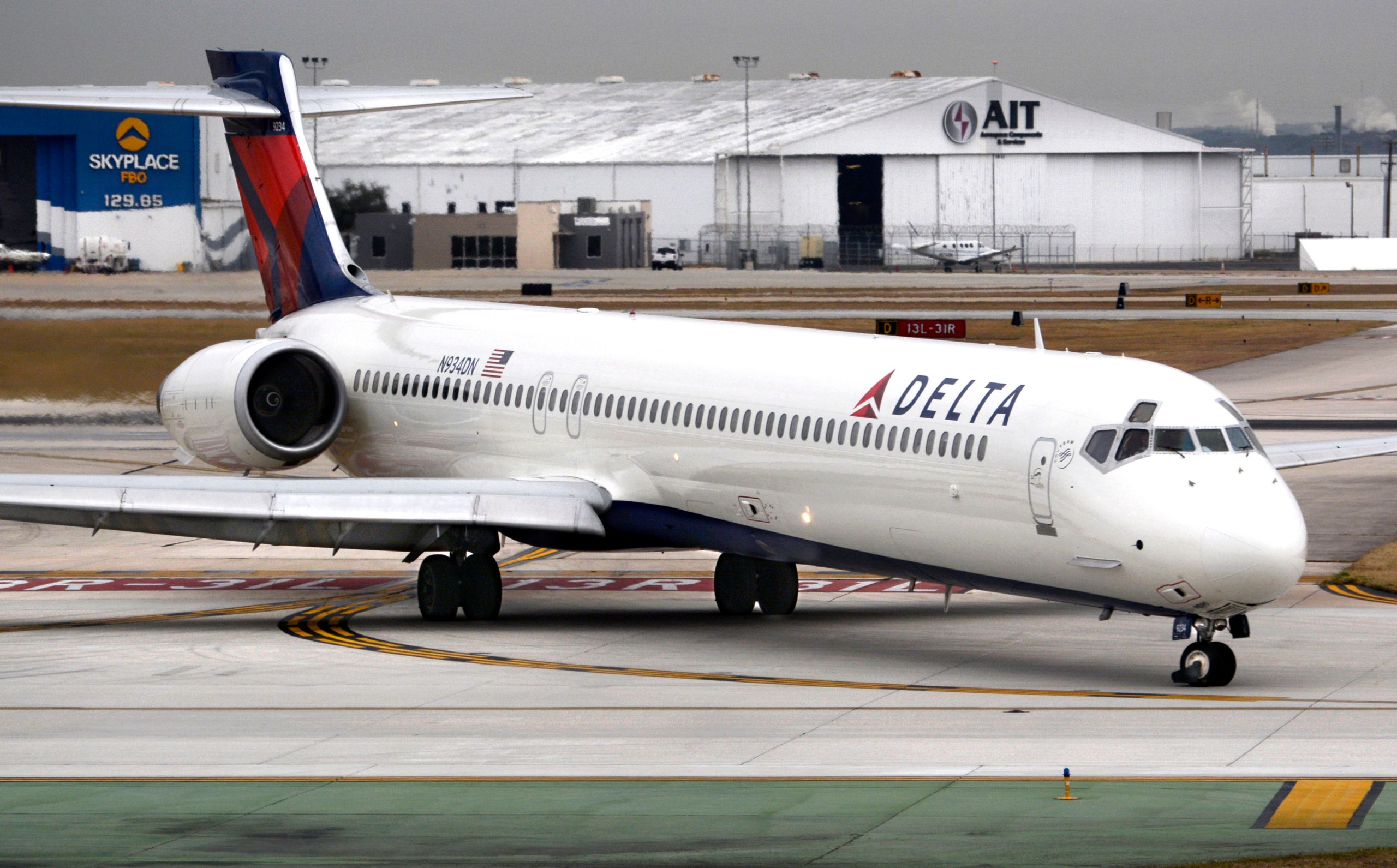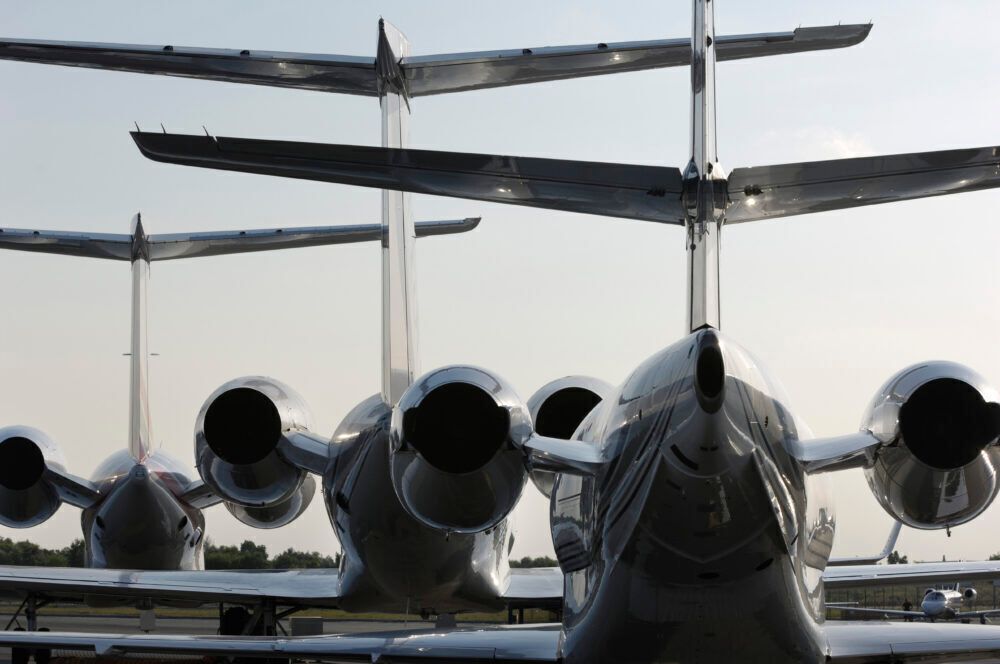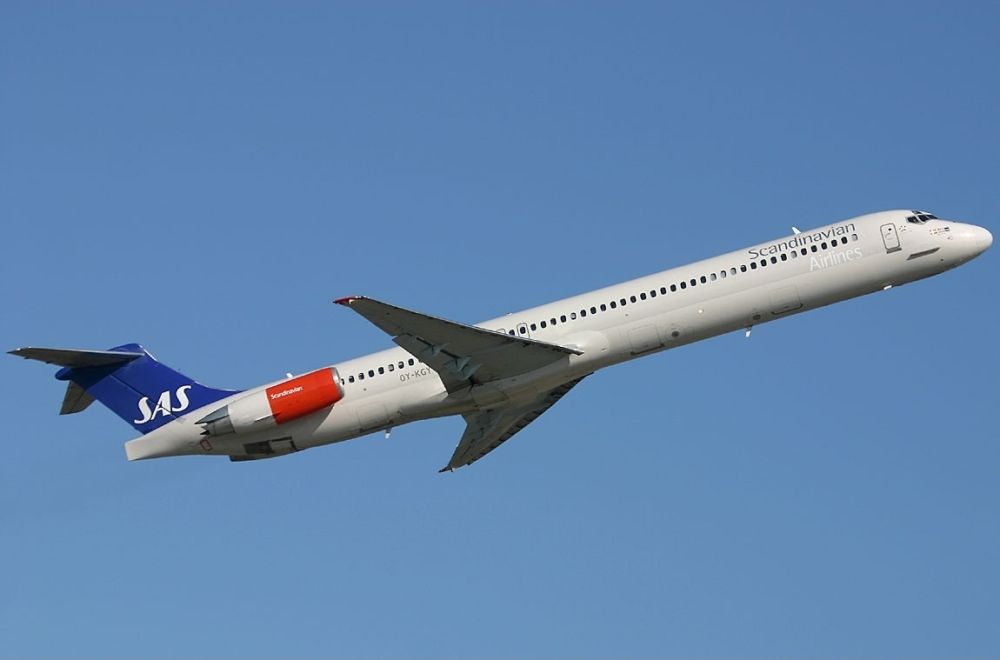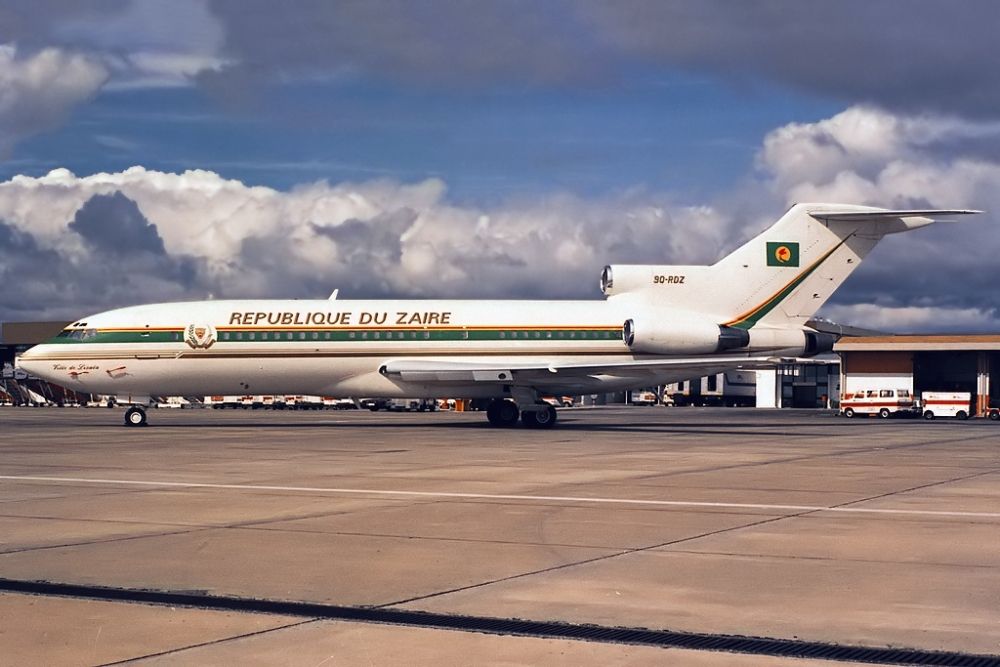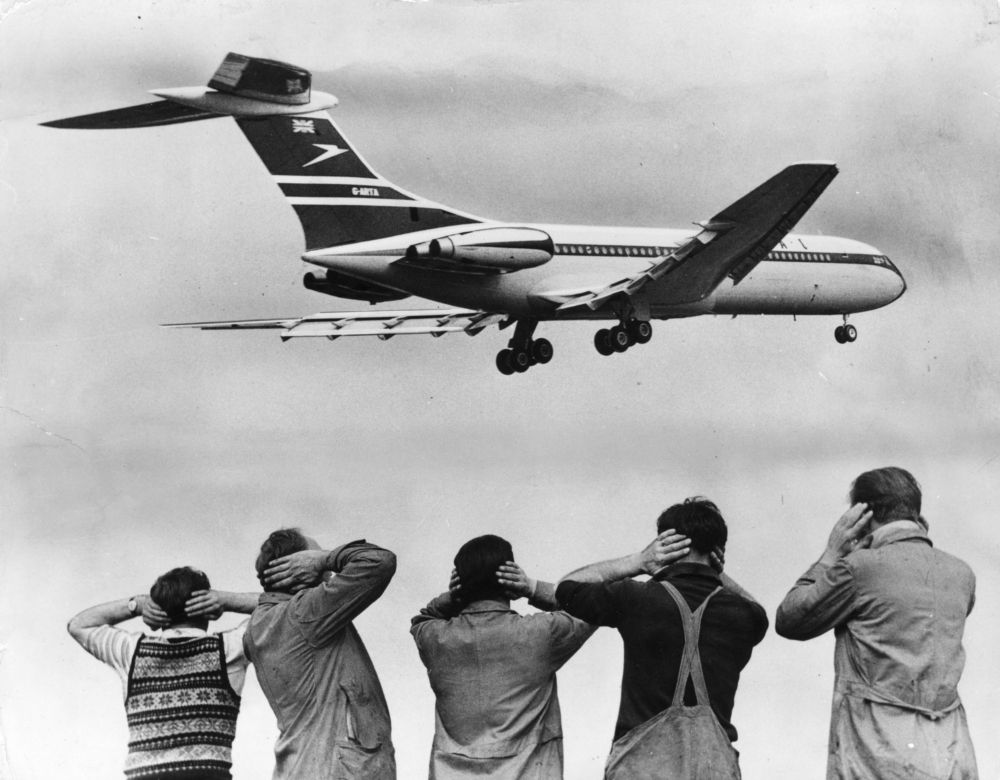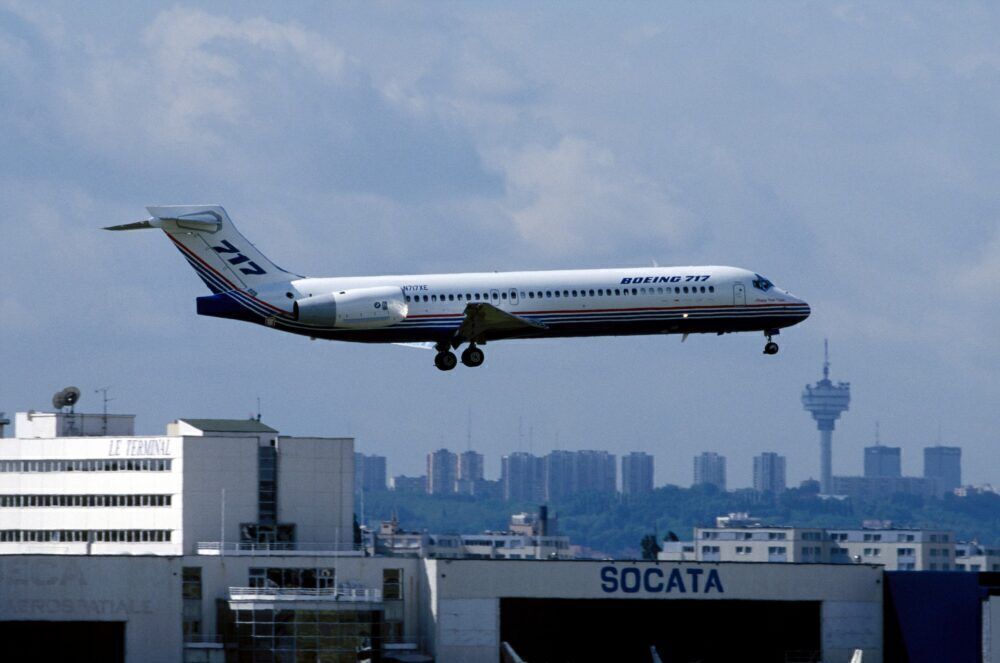Modern air travel is an engineering marvel. If the Wright brothers could see the screen of a flight radar tracking site with thousands of planes in the air at any given time, it would most certainly boggle their minds. However, there are still significant differences between aircraft. One of the major impacts on the capabilities results from the placement of the most expensive parts of the plane. Let's take a closer look at the exceedingly rare rear-mounted engine.
At the beginning of the era of modern commercial jetliners, it was common to see airplanes with their engine mounted in the back of the fuselage rather than underneath the wings. However, as Delta Air Lines retired its remaining fleet of McDonnell Douglas MD-80s and -90s last year, aircraft sporting an engine tail-side have become a much rarer feature in the skies.
Today, you can mostly find aft-mounted engines on private business jets, such as the Gulfstream G650 or the Bombardier Global Express. How come the tail-mounted engines went out of fashion for commercial jets in favor of the under-wing engine design? Let's take a closer look at the specificities of having the engines in the back of the plane.
Fuel travels further
Tail-mounted engines work much as any powerplant. They take in lots of air, compress it, add fuel and ignite it. They then expel the resulting gases out the back at a very high speed. This force then causes the opposing action of the aircraft propelling forward.
However, one of the differences between a tail-mounted and a wing-mounted engine is that the fuel source has to travel much longer. This is because the fuel tanks are still located in the wings, even on a rear-engined plane.
In turn, this means that there is a need for more piping to get the fuel to where it needs to go. It could also potentially become an issue in the case of a problem with the aircraft's fuel pump system. As the fuel source is located below the engines, the tail-mounted engines cannot make use of gravity to self-feed.
Less risk of FOD
Meanwhile, one of the advantages of having rear-mounted engines is that they are less susceptible to foreign object damage (FOD). This specifically entails debris such as gravel, grass, and dirt that could be sucked up from the ground during take-off and landing, as the engines sit much higher than their pod-under-wing counterparts.
Not having to accommodate massive engines underneath the wings also allows for the fuselage to sit lower to the ground. This was, of course, highly beneficial at a time when airports did not enjoy all the modern comforts such as jet bridges and luggage belt loaders. It is also one of the reasons business jet producers still prefer this design as it allows planes to land at much smaller airports with less developed infrastructure.
Stay informed: Sign up for our daily and weekly aviation news digests.
Powering back with reverse thrust
Rear-aircraft engines have another trick up the sleeve that makes them well-suited to smaller airports. They can more easily use reverse thrust to taxi backward, not needing the assistance of an aircraft tug vehicle.
This 'powerback' procedure was used by carriers such as American Airlines with their McDonnell Douglas MD-80s as late as the mid-2000s, lack of rear-view mirrors notwithstanding. An additional fact is that the air conditioning system needed to be switched off during powerback as exhaust gases could otherwise potentially enter the passenger cabin.
For reverse thrust, the engine does not actually run in the opposite direction. Rather, thrust reversing devices are used to direct the force forward. For rear-mounted engines, these come in several configurations. These include the target 'bucket' thruster, which uses a pair of hydraulically operated 'doors' that reverse the gas stream, as can be seen in the video below.
Aerodynamic differences
Other than differences in on-ground characteristics and performance, having the engine in a different location on the aircraft naturally affects the aerodynamics of the plane. The nose of a rear-engine aircraft pushes down during take-off. This means that the handling of the aircraft by the pilots also differs.
Furthermore, as the engines are located where the horizontal tail fin would be on an under-wing plane, the aircraft is designed with a so-called T-tail, with the horizontal stabilizer located at the top of the tail. This places them out of the way of the disturbed airflow behind the engines. It also allows for greater control at lower speeds, again helpful for short landing and take-off capabilities.
Structural considerations
The structure of the aircraft also needs to be altered to make sure that the wings still sit at the center of gravity. This is why aircraft like the MD-80 and Boeing 717 have much longer fuselages in front of the wings, as opposed to the more symmetrical A320s and the like. It also requires a more rigid airframe, which adds weight, which, in turn, corresponds to higher fuel consumption.
The simple answer to why the rear-mounted engine model fell out of vogue is cost and efficiency. As twinjets have grown larger, so have their engines. It would be impossible to mount a General Electric GE9X designed for Boeing's new flagship, the 777X, at the rear of an aircraft.
But even for smaller jetliners, the easy maintenance access of the wing-mounted engine wins out over the harder to get to fuselage-mounted specimens. More time at the MRO facilities means higher costs and more downtime for the aircraft, making it unavailable to the airline for longer.
Which was the last aft-mounted engined aircraft you flew on? Leave a comment below and share your experience.

